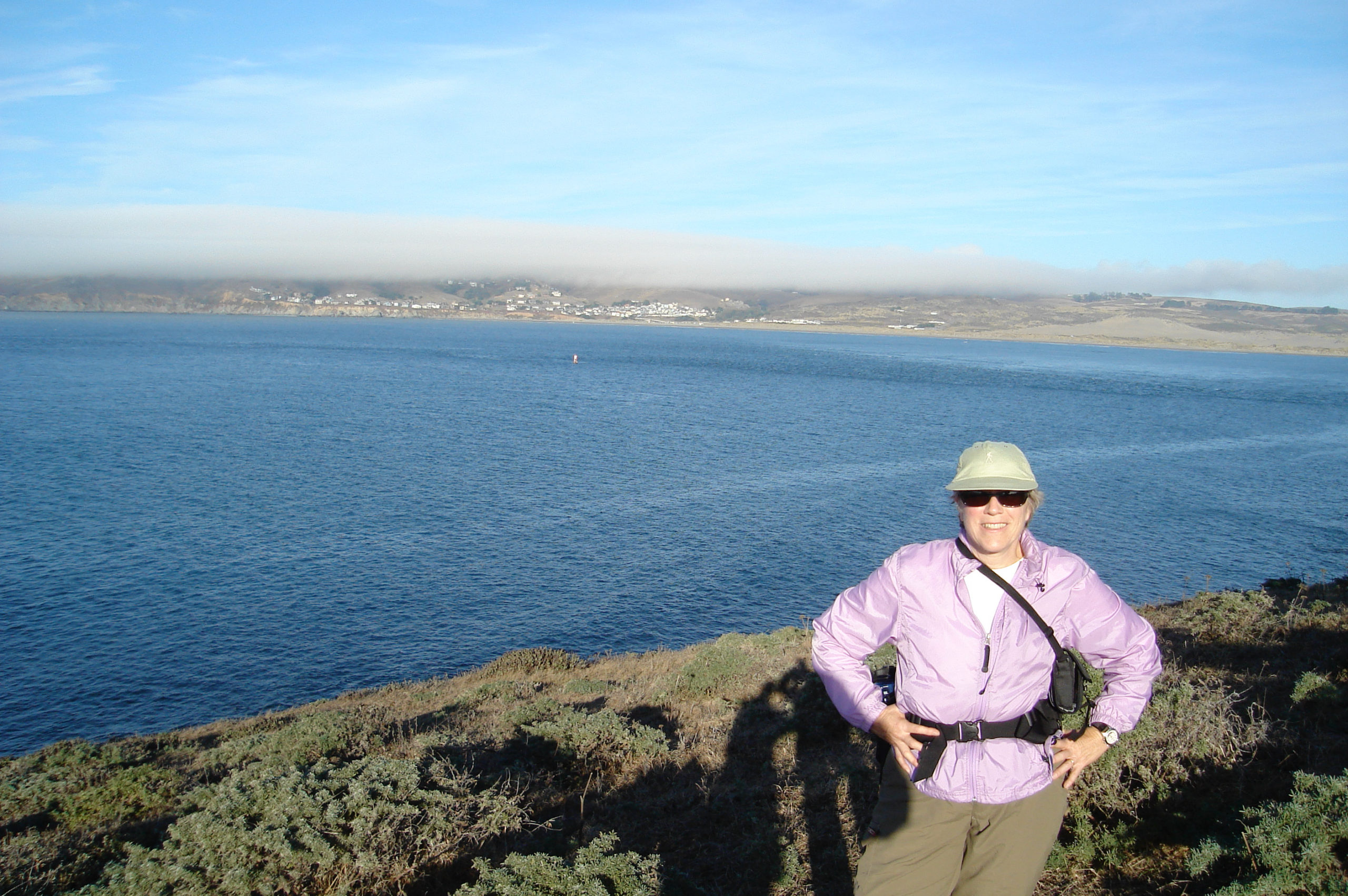February is Cancer Prevention Awareness Month. About 1 in 8 women in the United States will develop breast cancer, and 40,000 people die from breast cancer each year in the United States. In 2021, an estimated 281,550 new cases of invasive breast cancer are expected to be diagnosed in women in the U.S., along with 49,290 new cases of non-invasive (in situ) breast cancer. For women in the U.S., breast cancer death rates are higher than those for any other cancer, besides lung cancer.
Due to the high prevalence of breast cancer, it is extremely important that women get screened to detect breast cancer as early as possible. Breast cancer screening includes self-exams, clinical exams, and mammograms. Breast MRIs are used in certain cases if an individual is at high risk.
Breast cancer screening guidelines can be confusing. Different groups and experts recommend different timelines and ages for screenings. These guidelines have also changed over time. See current guidelines here.
Breast cancer screening guidelines were developed from clinical trials that were completed in the 1980s. One trial, beginning in 1963, looked at the effects of screening on breast cancer mortality in 31,000 women on each study arm over the course of 18 years. The study found a 25 percent reduction in mortality. However, this benefit wasn’t found until the women were in their fifties. Another group of studies completed in Sweden found a 21 percent reduction in mortality, with the greatest benefit seen for women in their sixties.
Ultimately, most organizations recommended mammograms to be completed annually for every woman from age 40 onward until their death at any age. This changed in 2009-2015 when the U.S. Preventive Service Task Force (USPSTF) began recommending women of average risk receive mammograms every other year starting at age 50, stopping at age 75. Women at high risk for breast cancer should still be screened annually at age 40 or earlier. USPSTF also says women who wish to be screened earlier than age 50 should speak to their doctor, weigh the risks and benefits, and still be allowed to receive a mammogram should they choose to get one.
This change in USPSTF’s guidelines occurred after the organization reviewed studies and determined there was insufficient evidence that women under 50 had enough benefit to outweigh the risks of screening. One risk of screening is false positives, which may lead to unnecessary biopsies. Studies have shown that false positives cause psychological distress for up to three years after the event, and often lead to individuals not following screening guidelines afterward out of fear and anxiety.
Another risk is overdiagnosis. This occurs when a form of cancer that would not have caused symptoms and may have gone away on its own is diagnosed. This may lead to unnecessary treatments that have adverse effects on the body. Finally, mammograms expose the body to radiation, the effects of which are unknown.
The Canadian National Breast Cancer Screening Study also examined this issue. The study, published in 2014, analyzed breast cancer outcomes over 25 years. The study found that annual screening failed to reduce breast cancer mortality. It also found that half of all non-palpable cancers found in screening were indolent lesions, a type of growth that would not require further attention or intervention.
Despite these findings, other groups still have different recommendations. The American Cancer Society recommends all women get annual mammograms starting at age 45. The American College of Radiology recommends all women get annual mammograms starting at age 40. Many groups and breast cancer survivors believe the new guidelines may harm women and leave cancer undetected, leading to negative health outcomes and increased mortality.
If you are confused due to these different guidelines, you are not alone! The conflicting guidelines, recommendations, and evidence are much of the motivation behind the WISDOM Study.
As many of you know, WISDOM compares the outcomes of annual screening to the outcomes of a personalized screening schedule based on the individual’s determined breast cancer risk in 100,000 women. Study participants are put into one of the two groups, either randomly or self-selected by the participant. The annual screening group will receive a mammogram annually from age 40 onward. The personalized screening group will be screened according to a personalized schedule, based on the individual’s medical history, family history, lifestyle, and genetics. Study participants are then followed over five years.
The current COVID-19 pandemic has made the WISDOM team even more determined. Screening rates are low due to people avoiding going to health care facilities. If individuals better understand their personal risk from WISDOM, they could be empowered and educated to make informed choices about screening, and those at higher risk will understand the necessity and urgency of screening. Breast cancer doesn’t stop with COVID-19, so now is the time to learn one’s risk and get screened accordingly.
Written by Jessica Alkire, Minnesota Cancer Clinical Trials Network
Visit www.mncancertrials.umn.edu for more information on the Minnesota Cancer Clinical Trials Network.



